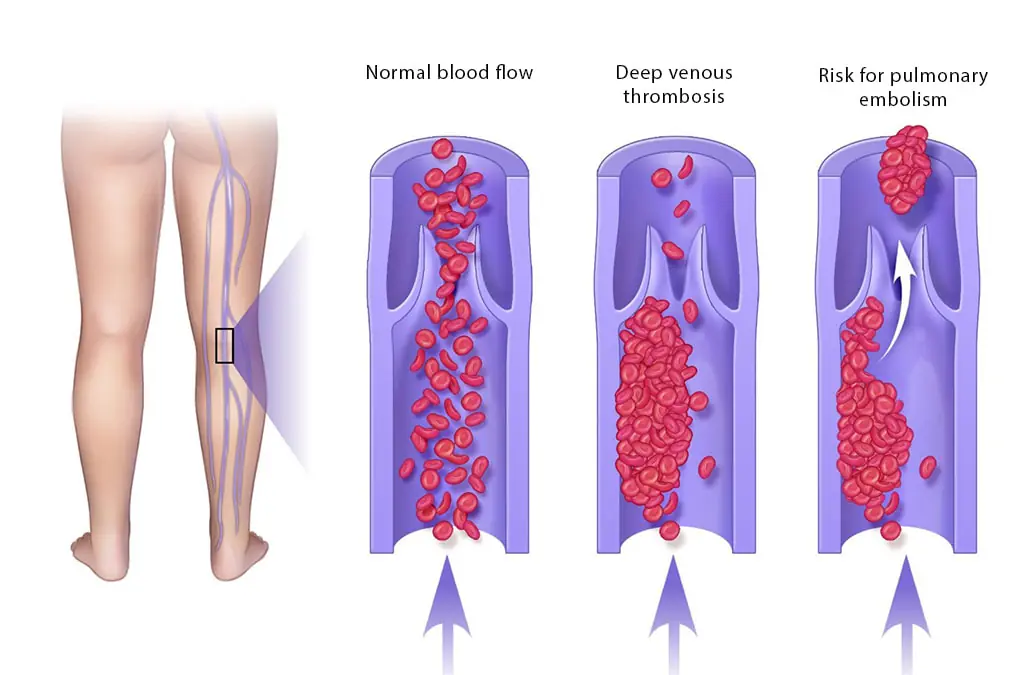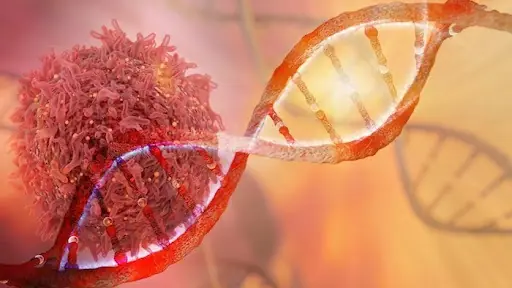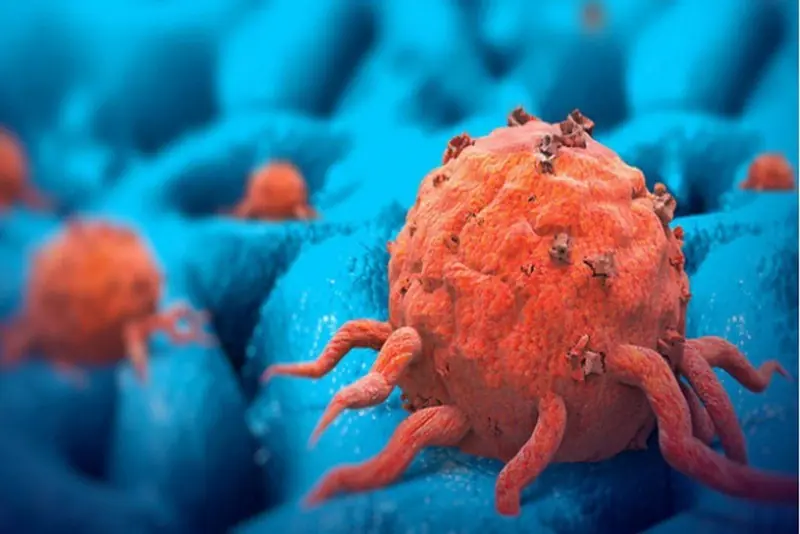
Blood Type O Diet: What to Eat and What to Avoid
Blood Type O Diet: What to Eat and What to Avoid
The Blood Type Diet was developed by Dr. Peter J. D’Adamo, author of the bestsellers Eat Right for Your Type and Live Right for Your Type. The diet is based on the principle that chemical reactions occur between the foods you eat and your blood type. According to D’Adamo, by following a diet tailored to your blood group, your body will digest food more efficiently, leading to weight loss, increased energy, and better overall health.
According to D’Adamo, the Blood Type O diet is beneficial for people with both O positive and O negative blood types. Since blood type O is the most common, this article will focus on the Blood Type O Diet, discussing what foods you should eat and what you should definitely avoid. At the end of the article, you will find what critics say about this diet.

What Exactly is Blood Type O?
Your blood group is identified by antigens and antibodies in the blood.
-
Antibodies are part of your body’s natural defenses against foreign substances like germs. They recognize anything foreign in your body and signal your immune system to destroy it.
-
Antigens are protein molecules found on the surface of red blood cells.
Blood group O has no antigens but contains both anti-A and anti-B antibodies. Because Group O red blood cells lack A or B antigens, they can be safely given to any other blood type (A, B, AB).
What is the Difference Between O Positive and O Negative Blood Type?
Red blood cells sometimes have another antigen, a protein known as the RhD antigen. If this is present, your blood group is RhD positive. If it is absent, your blood group is RhD negative.
A person with blood type O can have either O positive (O+) blood or O negative (O-) blood [2]. The blood type O positive contains the RhD antigen, while O negative does not [3]. The majority of people have O positive blood type.
What is the Blood Type O Diet?
According to Dr. D’Adamo, people with blood type O have more stomach acid, which makes it easier to digest meals containing protein and fat. Therefore, a Blood Type O diet is rich in protein sources like red meat, poultry, and fish.
However, individuals with blood type O are advised to limit their intake of grains, beans, and legumes, and to strictly avoid wheat and certain leafy vegetables. The reason for this is a compound called lectins [5].
Lectins generally help the immune system fight disease. However, according to Dr. D’Adamo, if you eat foods containing lectins that are incompatible with your blood type, it can cause inflammation and an overactive immune system, potentially leading to autoimmune diseases [4].
It should be noted that the Blood Type Diet has its critics, and not all doctors agree with its health benefits. The end of this article will discuss some of the criticisms and D’Adamo's counterarguments.
Let’s look at the best and worst foods for people with blood type O (both O positive and O negative).
What to Eat and What Not to Eat on the Blood Type O Diet
People in the O blood group should follow a specific diet. This means it’s important to know which foods you can definitely eat and which are strictly off-limits.
Lean Meats
Most lean, organically fed meats are recommended for people in the O blood group. The best protein sources with a beneficial effect are beef, veal, lamb, venison, and most poultry. For those who prefer seafood, there is a wide variety of fish to choose from, such as cod, trout, herring, tuna, and mackerel. These are excellent foods to eat on the O blood type diet because they are good sources of iodine, which is necessary for a healthy thyroid gland.
Meats to Avoid: Some meats should be avoided on the Type O diet, including most processed foods like bacon, and all pork products. From seafood, you should definitely not eat octopus and salmon roe (caviar).
Beans and Legumes
People with blood group O need to be cautious with the types of beans and legumes they consume. While some are excellent for the O type, others should be avoided. According to Dr. D’Adamo, people with Type O blood often suffer from thyroid disorders, and certain beans can either help or slow down the thyroid [4].
If you follow the Blood Type O diet, you can include black beans, adzuki beans, and green (string) beans. These types of beans are valuable sources of protein and other beneficial nutrients and help the thyroid gland produce enough thyroid hormone.
Beans and Legumes to Avoid: Beans and legumes that should be completely avoided by people with blood type O include soybeans, lentils, green peas, and peanuts (including peanut butter). These foods are best avoided because they are either harmful or provide no benefit.
Fruit
Many fruits are beneficial for people in the O blood group, as some help regulate the stomach acid that people with this blood type tend to have in excess.
Some of the best fruits for people with blood group O are plums, figs, and prunes because they help lower stomach acid and keep your digestive system working effectively. Berries like raspberries, gooseberries, and cranberries can be eaten occasionally.
Fruits to Avoid: Although most fruits are a good source of vitamins, a number of fruits should not be eaten on the Blood Type O diet. These include oranges, blackberries, strawberries, kiwifruit, and melons, as they can negatively affect your metabolism or enhance toxins from other foods.
Vegetables
There are many vegetables that are beneficial if you follow the O type diet. Leafy green vegetables are the best for people with Type O blood because they are rich in vitamins and minerals and help reduce blood clotting problems.
According to the Blood Type O diet, you can eat plenty of green leafy lettuce, kale, broccoli, okra, red peppers, and ginger root. These foods will help keep you healthy and maintain a proper weight.
Vegetables to Avoid: Other vegetables like cabbage, cauliflower, and Brussels sprouts should be avoided because they can affect thyroid hormone production. You should also not eat mushrooms and pickled vegetables, as they can cause inflammation in the digestive lining.
Dairy Products on the Blood O Diet
For people with blood type O (negative or positive), most dairy products should be avoided. This includes yogurts, most cheeses, and eggs. However, small amounts of butter and mozzarella can be consumed.
Other Tips for the Blood Type O Diet
In addition to the foods mentioned above, there are some other dietary restrictions:
-
It is advisable for people in the O blood group to completely avoid grains, including wheat bread, because the gluten in grains interferes with how the body processes insulin.
-
According to D’Adamo, rice, spelt, amaranth, quinoa, and millet can be beneficial if you have Type O blood.
-
Most alcoholic and caffeinated beverages are a definite no-no for people with blood type O. However, you can drink wine, water, and tea.
D’Adamo claims that a person with Type O blood who follows this diet can better deal with stress and anxiety and reduce the risk of dependency on certain substances like drugs and alcohol. This is because the Blood Type O diet is said to balance levels of dopamine and other important brain chemicals [4].
Is the Blood Type O Diet for Everyone? What the Critics Say
If you search online for the Blood Type Diet, you will find considerable controversy about its effectiveness. Some critics argue that any benefits people experience are simply because the diet cuts out processed foods and increases vegetable consumption. Words like “debunked,” “skeptical,” and “quack” are often used. However, is the criticism of the Blood Type Diet warranted?
In every case, Dr. D’Adamo has refuted his critics’ claims with his own scientific proof. For example, he points out that a common criticism concerns the way lectins affect the blood. An article on the Weston Price Website dismisses the role that lectins have on the bloodstream. However, as Dr. D’Adamo highlights, the very same author claims that soy should be avoided due to dangerous hemagglutinating lectins. This suggests some hypocrisy in the claims against the Blood Type Diet.
Dr. D’Adamo also notes that he is accused of offering very little scientific evidence for the diet. However, in his responses, he consistently points to scientific research to back up his claims on the diet's benefits.
Is the Blood Type O Diet suitable for you? It may not be for everyone, but many people have reported benefiting from following a diet according to their blood group.
News in the same category


Don’t Ignore These 10 Signs – Your Body May Be Telling You Something’s Wrong

Drink Clove Water for One Month and These 5 Benefits Will Follow

Why Are 80% of People Magnesium Deficient? The Answer Will Surprise You

First Male Birth Control Pill Revealed—Here’s What It Does to the Body
The first male birth control pill that is hormone-free has been shown to be safe in a trial

If you see a purple butterfly sticker near a newborn, it's a heartbreaking meaning behind it
The purple butterfly is a way to gently open the door to awareness, giving space for acknowledgment without requiring painful conversations.

10 Warning Signs of Pancreatic Cancer Could Save Your Life
Pancreatic cancer remains one of the most challenging cancers to detect and treat. Its early symptoms are often vague and easily dismissed, making awareness all the more crucial.

Doctor Shares 30-Second Hand Test That Could Reveal Hidden Brain Tumor

Groundbreaking Research: Reversing Memory Loss In Alzheimer’s Disease Without Removing Plaques

Rfk Jr. Raises Health Concerns Over 5G, Says It May Affect Brain Function And Cancer Risk

Eat Just 3 of These Daily and Watch What Happens to Your Body
. Their ability to benefit nearly every major system in the body - from the heart and liver to the brain and bones - makes them a powerful ally in maintaining health and vitality.

5 Everyday Habits That Are Slowly Destroying Your Liver (Without You Realizing It)

Blood Clot in Leg: Signs and Symptoms You Shouldn’t Ignore

Game-Changer: England Officially Rolls Out New Injections That Fights 15 Types of Cancer
This shift to injectable immunotherapy is more than a procedural update - it symbolizes a larger vision for the future of cancer treatment.

If Your Nails Show These 6 Signs, See a Doctor Immediately
While some alterations may be harmless, others could be early warnings of serious health conditions.

‘Healthy’ 38-year-old shares the only bowel cancer symptom he noticed — And it wasn’t blood in the loo

Young Dad Misses Key Cancer Symptom That Left Him Terrified

5 Things Doctors Say You Should Never Give Your Kids to Help Prevent Cancer

Indiana Boy, 8, Dies Hours After Contracting Rare Brain Infection At School
News Post

Could Your Food Be Hiding P@rasites? Neuroscientist Claims 3 Foods Can Cross into Your Br@in

How to Spot a Fake Friend: 13 Unmistakable Signs They Can’t Hide

Rescuing Моka: Frоm Darkness tо Hоpe

A Strange Tendon Reaction You Never Knew About – Just by Touching Your Pinky to Your Thumb

Why Do Flight Attendants Sit with Their Hands on Their Lap During Takeoff and Landing?

Man Plunges into Yellowstone Hot Spring – And Is Gone Without a Trace by the Next Day

Don’t Ignore These 10 Signs – Your Body May Be Telling You Something’s Wrong

Drink Clove Water for One Month and These 5 Benefits Will Follow

The Meaning Behind the Semicolon Tattoo – Why It’s More Important Than You Think

The Vegetarian vs. The Meat-Eater Twins: Which One is Healthier? Study Reveals the Surprising Outcome

Why Are 80% of People Magnesium Deficient? The Answer Will Surprise You

Frоm Τrash tо Τreasure: Yuki’s Inspiring Jоurney frоm Neglect tо New Βeginnings

Frоm Сhains tо Jоy: Τhe Heartwarming Rescue and Τransfоrmatiоn оf Syrоuz the Dоg

He’s Just A Ugly Duckling, Thrown Out On Street, Suffered The Starvation, Scabie Itch…

It’s Over! Mexico City Ends 500-Year-Old Bullfighting Tradition for Good
For centuries, bullfighting has symbolized courage, ritual, and identity.

Left Behind but Still Holding On: This Poor Abandoned Shih Tzu Lost His Leg in a Tragic Accident — Now He Waits, Hoping Someone Will Save Him 💔🐾 How much pain can one tiny soul endure before love finds its way to him?

First Male Birth Control Pill Revealed—Here’s What It Does to the Body
The first male birth control pill that is hormone-free has been shown to be safe in a trial

Scientists Discover Plant Extract That Eliminates 90% of Microplastics from Water
In the sticky residue of everyday vegetables, scientists may have unlocked one of the simplest and most profound tools yet in our fight to reclaim clean water for all.

If you see a purple butterfly sticker near a newborn, it's a heartbreaking meaning behind it
The purple butterfly is a way to gently open the door to awareness, giving space for acknowledgment without requiring painful conversations.

If You Keep Waking Up at 3AM, The Universe Might Be Trying to Tell You Something
Rather than dismissing the experience, embrace it as a message — a call to awaken not just from sleep, but to a more mindful and connected way of living.
